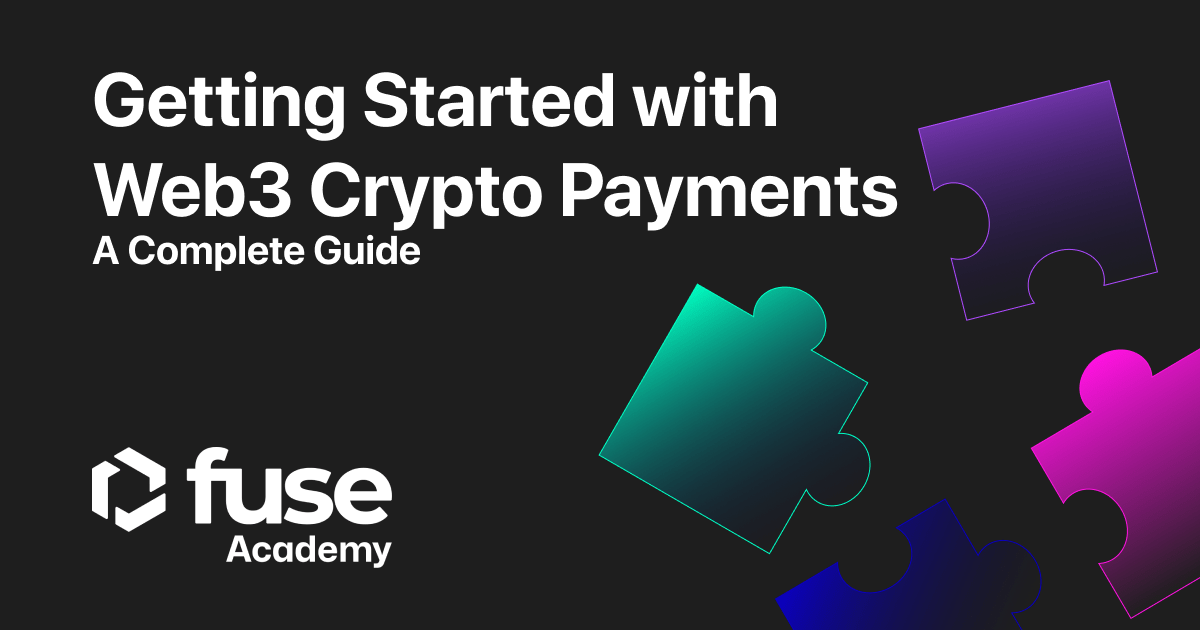Web3 crypto payments represent a groundbreaking leap in payment systems, harnessing the power of blockchain technology. This innovative approach lets users securely send, receive, and store digital assets. It is important to note that Web3 payments can also be called crypto or blockchain payments.
Did you know that globally, professionals and businesses can leverage Web3 payment solutions to receive cryptocurrencies from their clients, regardless of location? In addition, depending on your country, there may be potential fiscal benefits to reap from utilizing these innovative payment methods.
Getting started is easier than you think. With just basic industry knowledge, an internet connection, and a mobile phone or computer, you can tap into Web3 payments.
With Web3 and crypto payments, the need for intermediaries such as banks, payment processors, and brokers is eliminated. Instead, transactions occur directly between peers, leveraging trustless logical systems. This decentralized nature ensures no reliance on third parties is necessary to facilitate the transaction, enhancing security and efficiency.
One of the critical advantages of Web3 and crypto payments is their near-instantaneous nature. Gone are the days of waiting hours or even days for funds to transfer. Additionally, these payments often involve low fees, ensuring cost-effectiveness based on the transaction amount.
The Web3 and Crypto Payments Landscape
Today, the Ethereum blockchain and its native cryptocurrency, ETH, take center stage in the world of Web3. Numerous chains, tokens, and decentralized applications (dapps) operate on or originate from the Ethereum network.
It is important to note that a single blockchain does not dominate the crypto space but instead consists of multiple interoperable networks. This diverse ecosystem emphasizes the freedom of individuals to participate in decentralized finance and engage with various blockchain networks.
For example, Fuse Network is built on the Ethereum blockchain and utilizes its smart contract capabilities. It leverages the Fuse Layer-1 Blockchain to offer faster transaction processing and lower fees than the Ethereum network. This architecture enables Fuse to provide a more scalable and cost-effective solution for decentralized applications.
Getting Started with Web3 & Crypto Payments
Before taking the plunge, you must equip yourself with the proper knowledge and tools to make informed decisions. This short guide walks you through the essential steps to successfully navigate Web3 payments. From conducting thorough research to setting up your Web3 wallet and transacting confidently, get ready to unlock the full potential of cryptocurrencies.
Research is Key
- Before diving into the world of crypto, it’s crucial to do thorough research. Familiarize yourself with the cryptocurrency market, decentralized applications, personal finance management, economics, and investment strategies. Understanding Web3 payments is essential before making any decisions.
Define Your Purpose:
- Identify why you want to use crypto. Whether purchasing NFTs, participating in Web3 games, sending cross-border payments, investing in projects, or offering futuristic payment options to customers, knowing your purpose will help you choose the right blockchain, token, and wallet.
Set Up a Web3/Crypto Wallet:
- Once you’ve gained knowledge about Web3 payments and identified the suitable crypto tokens, create one or more Web3 wallets to store your digital assets like cryptocurrencies and NFTs. Wallets can be software, hardware, or online-based, and each network you interact with will require a different wallet address. Remember to safeguard your private keys and passwords, especially in decentralized exchanges.
Recommended wallets include:
- MetaMask: A leading online Web3 wallet for Ethereum and EVM-compatible chains, supporting crypto and NFTs.
- Trust Wallet: A Web3 wallet for multiple cryptocurrencies.
- Ledger: A hardware wallet for offline asset storage.
Purchase Your First Crypto:
- After setting up your wallet, you can exchange your fiat currency (e.g., dollars, euros, pounds) for cryptocurrencies. You can use centralized exchanges (CEX) or decentralized exchanges (DEX). Some wallets also offer the option to buy crypto directly using a credit or debit card.
Start Transacting:
- With your wallet configured, tokens stored, and knowledge in place, you can engage in blockchain transactions without intermediaries. Explore the various possibilities and functionalities of Web3 payments.
Following these steps will enable you to journey into Web3 payments successfully.
Web3 and Crypto Payments on Fuse
One of the critical features of Fuse Network is its focus on creating a seamless experience for mainstream users and businesses. It offers tools and infrastructure that simplify the development and deployment of dApps, making it easier for developers to build applications that non-technical users can adopt.
Overall, Fuse Network aims to bridge the gap between traditional businesses and blockchain technology by providing a user-friendly platform for building decentralized applications and facilitating the adoption of Web3 payments and digital assets.
Did you know that globally, professionals and businesses can leverage Web3 payment solutions to receive cryptocurrencies from their clients, regardless of location? In addition, depending on your country, there may be potential fiscal benefits to reap from utilizing these innovative payment methods.
Getting started is easier than you think. With just basic industry knowledge, an internet connection, and a mobile phone or computer, you can tap into Web3 payments. Contact our team today to learn more about integrating Web3 payment into your business.

.svg)
.svg)











